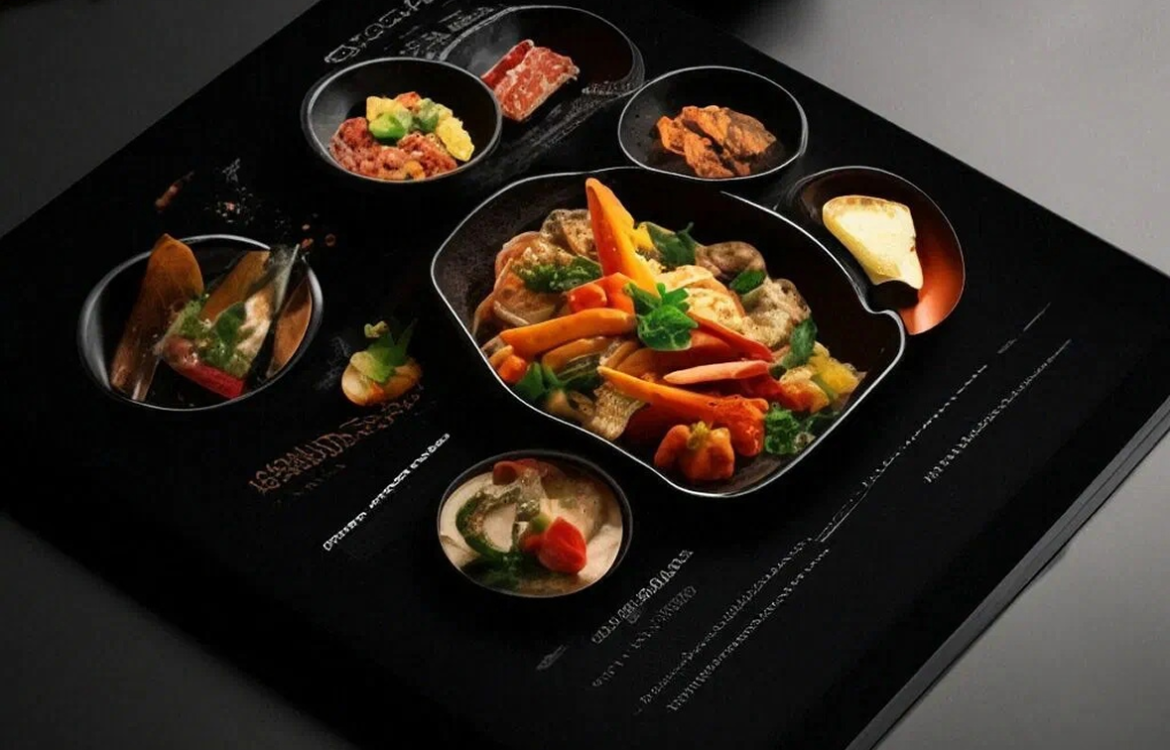In the competitive world of contemporary cuisine, taste alone is no longer enough to captivate diners. Across the UK—from London’s Michelin-starred restaurants to vibrant street food markets—chefs are turning to food design as a powerful tool to elevate the overall dining experience. This multidisciplinary approach combines art, psychology, and culinary expertise to create dishes that delight not only the palate but also the eyes, nose, and mind.
Advertising
What Is Food Design?
Food design refers to the thoughtful and intentional crafting of a dish’s visual and sensory elements. It encompasses the arrangement, colour, texture, aroma, and even the plating vessels used. More than simple presentation, food design considers how these elements influence perception and emotional response, transforming eating into a memorable event.
In the UK’s diverse food scene, this approach ranges from avant-garde molecular gastronomy to rustic yet refined plating styles that emphasize seasonal British produce.
The Psychology Behind Food Design
Humans experience food through multiple senses simultaneously. Visual appeal is often the first impression, setting expectations before the first bite. Studies show that people “taste” with their eyes: colours and plating styles can influence perceived flavour intensity and even satiety.
UK chefs are increasingly aware that a dish’s design can evoke nostalgia, curiosity, or excitement. For example, earthy tones and natural textures might evoke countryside memories, while sleek, minimalist plates suggest modernity and innovation.
Techniques UK Chefs Use to Enhance Impression
1. Colour and Contrast
Vibrant colours and contrasting hues draw the eye and signal freshness and flavour complexity. Chefs might pair bright green pea purée with golden roasted lamb or use edible flowers to add pops of colour. In British kitchens, seasonal ingredients often dictate the palette, showcasing the country’s rich agricultural variety.
2. Texture Play
Combining multiple textures—from creamy to crispy to gelatinous—adds excitement and surprise. A dish like smoked haddock might feature a silky sauce, crunchy croutons, and soft poached egg, offering a complex mouthfeel that delights diners.
3. Plating and Composition
The spatial arrangement of components on a plate guides the diner’s journey. UK chefs often follow the “rule of thirds” or use negative space intentionally to highlight key elements. Creative plating can also tell a story—such as evoking a landscape or seasonal scene—that connects guests emotionally to the dish.
4. Use of Innovative Materials
Some chefs experiment with edible containers—like cups made from crisp bread or spoons carved from parmesan—that enhance flavour and reduce waste. Others use smoke, gels, or foams to create dramatic visual and aromatic effects, common in molecular gastronomy restaurants around London.
5. Multi-Sensory Elements
A growing trend in UK gastronomy is engaging senses beyond taste and sight. Aromatic herbs may be placed under glass cloches to release scent upon serving, or soundscapes might accompany tasting menus in immersive dining experiences. These elements deepen engagement and make meals unforgettable.

